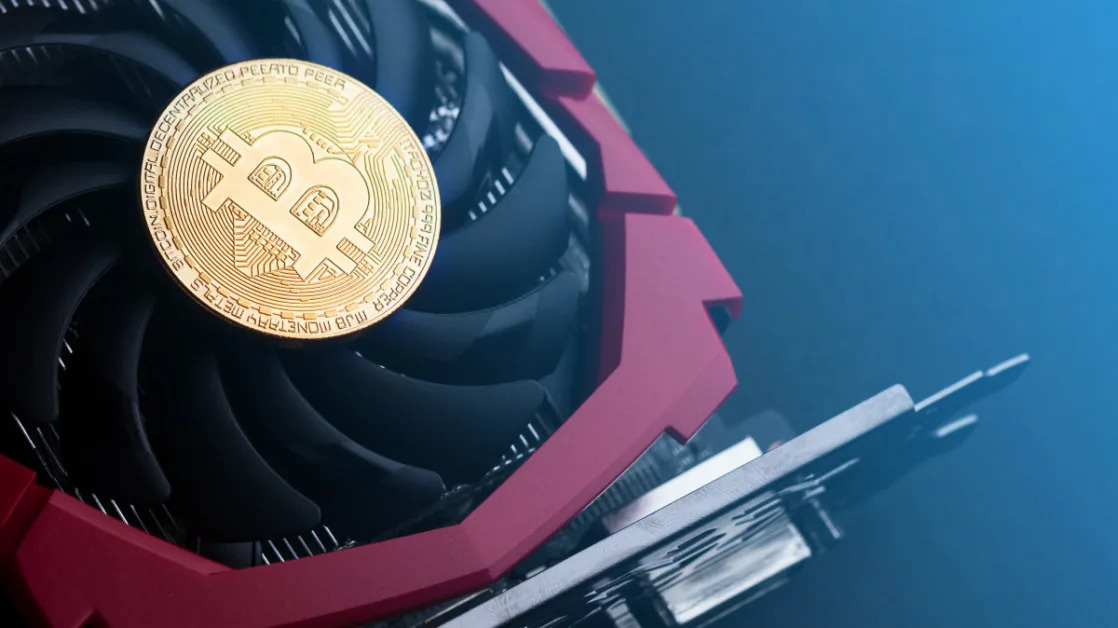Fed policymakers are likely to continue holding rates steady despite a cooler reading on inflation for the month of March, due to the risk that prices could pick back up in the coming months as more tariffs are absorbed.
"This is the last clean print before we get tariff-inducted inflation increases,” Joe Brusuelas, RSM chief economist, told Yahoo Finance.
The latest data from the Bureau of Labor Statistics showed that the Consumer Price Index (CPI) on a "core" basis rose 2.8%, a deceleration from the 3.1% annual core price increases seen in the prior-month period and the slowest annual rise in four years.
President Trump celebrated the figures on social media, saying, “ INFLATION IS DOWN !!!”
Read more: $6 eggs and other inflation pain points: Here's where prices are rising
But Fed watchers don't expect the cooler trend to last, given the aggressive slate of new tariffs put in place by Trump during his first months in office. Some of those tariffs were put on pause for 90 days, but others remain in place and China's duties were ratcheted up to 125%.
Stephen Brown, deputy chief North America economist for Capital Economics, predicted the Fed will "remain on hold this year," with "core prices likely to rise sharply once tariffs begin to feed through."
Ellen Zentner, chief economic strategist for Morgan Stanley Wealth Management, said, "Today’s cooler-than-expected inflation should be taken as old news, with tariffs expected to send inflation rocketing higher in the next couple of months."
"The Fed remains in a tough spot, caught between a trade war causing tight financial conditions and weight on the economy as inflation takes off," she added.
Kansas City Fed president Jeff Schmid on Thursday reinforced the Fed's cautious stance, saying in a speech that he intends "to keep my eye squarely focused on the outlook for inflation," citing concerns that any further jump in prices could further push up inflation expectations.
Another Fed watcher who doesn't expect the CPI number released Thursday to change the Fed's calculus is PGIM fixed income chief US economist Tom Porcelli, who called it a "one-off in what will likely be firmer inflation prints over the course of the year."
When asked by Yahoo Finance if the inflation data released for the month of March gives the Fed an excuse to cut rates, Porcelli said that would be the case if more such data were on the way, "but I don’t know that’s what we should expect."
"In fact, to be more clear, I think we should expect the exact opposite. There is now a lot of inflation in tow."
Other Fed officials this week have emphasized a patient approach. Richmond Fed president Tom Barkin told reporters Wednesday that he sees a scenario where rates could remain on hold for the rest of the year.
He noted that it’s hard to get maximum employment unless you have price stability and that one of the lessons from the inflation battles of the 1970s is not to ignore prices.
Minneapolis Federal Reserve president Neel Kashkari said Wednesday that the bar for cutting interest rates is "higher" right now to keep inflation expectations anchored in the face of tariffs — even if the economy weakens and job losses mount.
Read more: How the Fed rate decision affects your bank accounts, loans, credit cards, and investments
"In my view, the hurdle to change the federal funds rate one way or the other has increased due to the tariffs," Kashkari wrote in an essay.
Another voice of caution this week came from Federal Reserve Bank of San Francisco president Mary Daly, who on Tuesday said the central bank could take its time before making any adjustments to rates as it waits to see how trade policy changes play out.
"We cut the interest rate by 100 basis points last year," she said. "That puts policy in a good place to stay modestly restrictive — keep inflation coming down — but not so restrictive that the economy is vulnerable,” Daly said Tuesday during a discussion at Brigham Young University.
And even Fed Chair Jerome Powell made it clear last Friday that the Fed isn't in a hurry to take any action on rates due to many uncertainties, saying, "It is too soon to say what will be the appropriate path for monetary policy."
The same uncertainties dominated the discussion at the Fed's last meeting in March. Minutes from that meeting released Wednesday showed policymakers favored a "cautious" approach as they worried about both higher inflation and slower growth while knowing they "may face difficult trade-offs" ahead.
Schmid, the Kansas City Fed boss, said, "It appears as though we have seen a marked increase in the upside risks around inflation along with elevated downside risks to the outlook for employment and growth.”
He underscored there is a growing possibility that in setting policy, the Fed will have to balance inflation risks against growth and employment concerns.
Schmid stressed that while, in theory, tariffs may have only temporary effects on inflation, he would be “hesitant to take too much solace from theory in this environment.”
Boston Fed president Susan Collins said Thursday she believes broad-based new tariffs will push up inflation while slowing growth.
She believes that “maintaining the current monetary policy stance seems appropriate for the time being,” but also said “it might still be appropriate to lower the federal funds rate later this year.”





